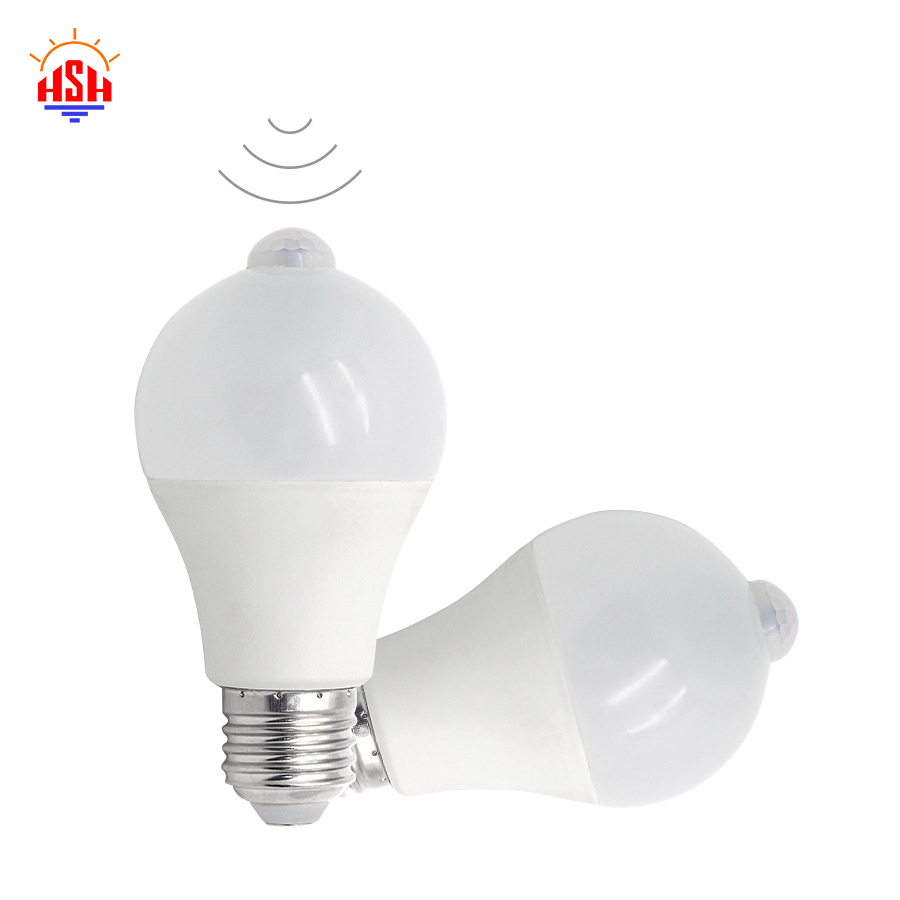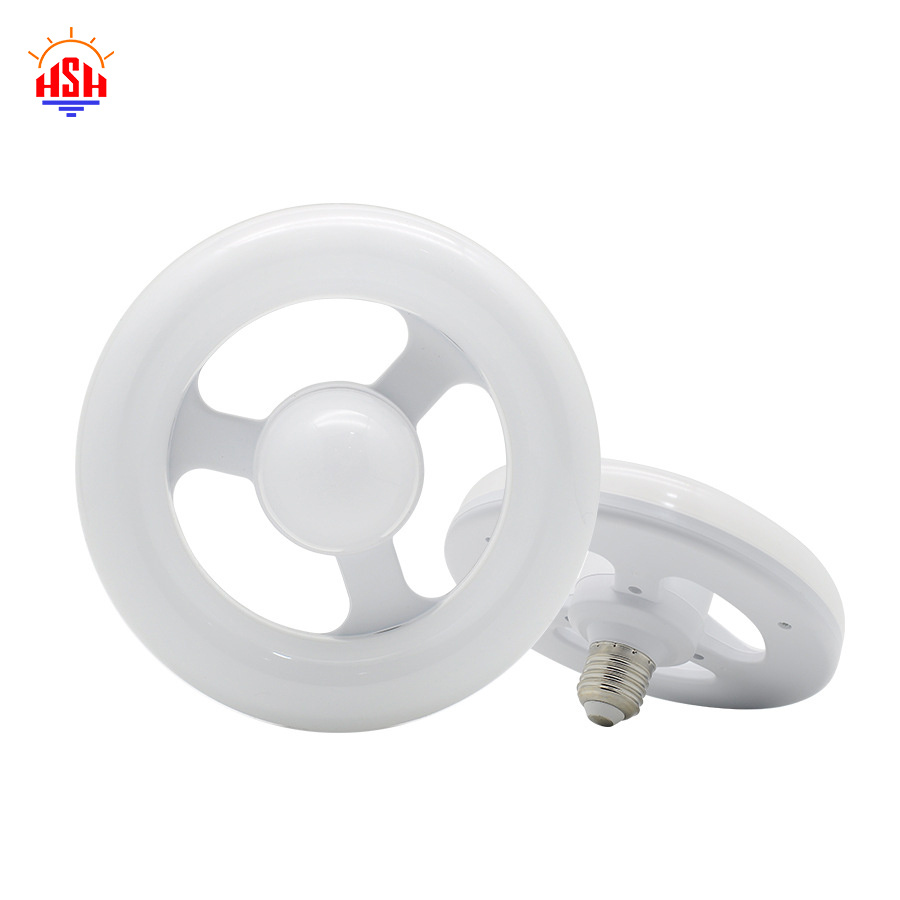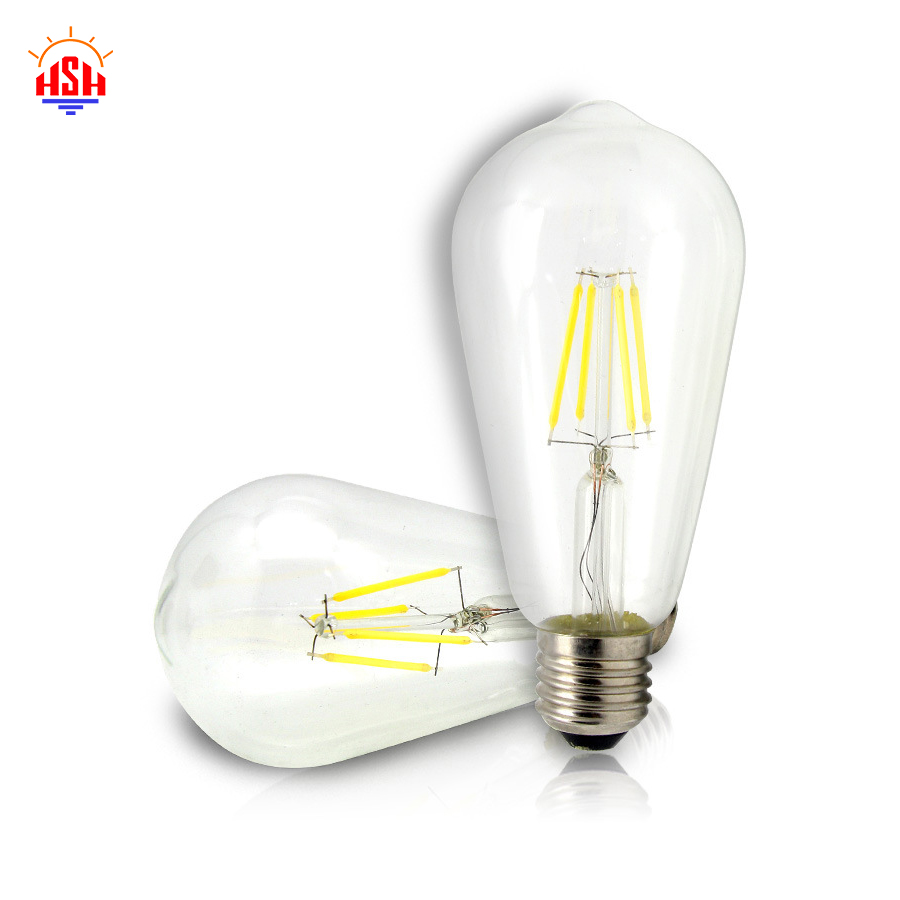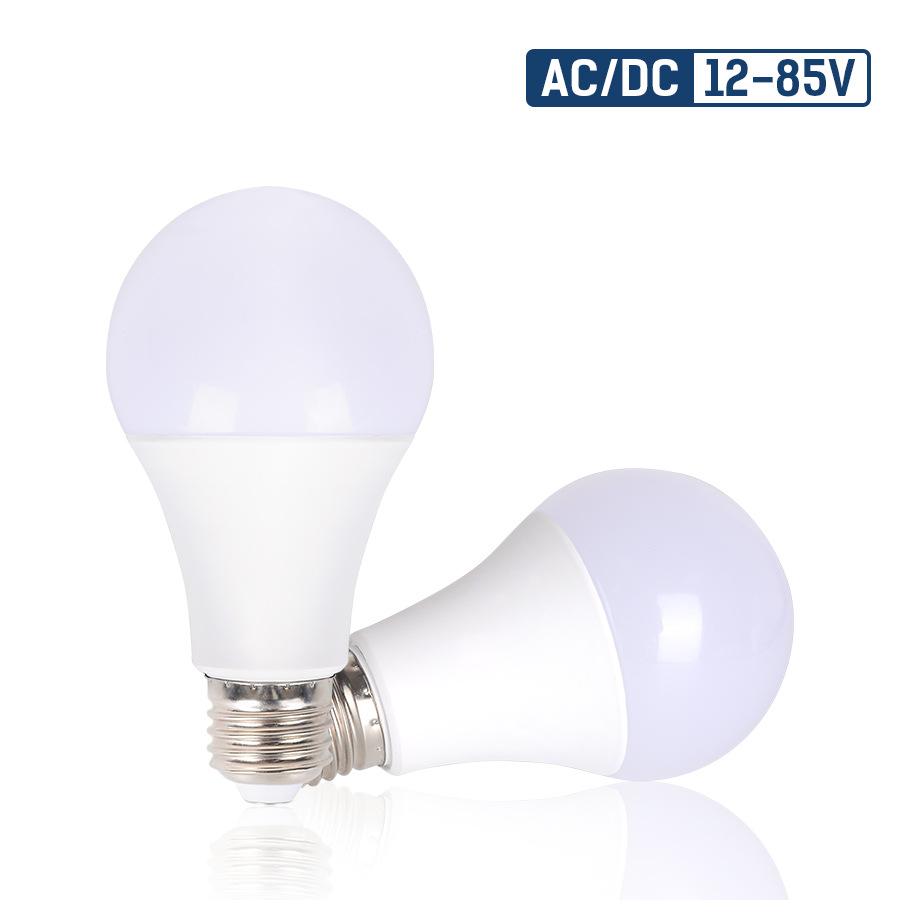Flameproof structures EDM and arc can ignite explosive mixtures. The gap-proof flameproof structure established by Germany is a more reliable method of preventing the ignition of surrounding explosive mixtures such as arcs. The re-explosive danger zone of the electrical equipment with explosion-proof structure is extremely widely used. It can not only prevent the explosion of fire, but also the housing can withstand a certain over-voltage. It has a sufficiently strong enclosure capable of withstanding 1.5 times the maximum explosion pressure of the internal explosive gas mixture and not less than 3.5 x 105 Pa of impact, ensuring no deformation or damage, no permanent deformation, and having a certain structural gap for jetting The resulting combustion products are cooled down to a temperature below the auto-ignition temperature of the external explosive mixture by a certain length of the flange. The structure gap may be composed of a plane joint surface or a cylinder joint surface, and may also be a structure composed of a curved road, a thread, or a barrier type. In addition to this. Such as micro-holes, nets, laminations, sand and other structures also belong to the explosion-proof form of this principle. Flameproof electrical equipment used underground in coal mines must be stronger.
Equipment used for Class I mining face shall be made of steel plate or cast steel; Class I equipment for non-excavating face shall be available with a brand no less than HT25-47 grey cast iron; Class I portable equipment and Type II equipment can be made of a light alloy with a tensile strength of not less than 117.6N/mm2 (12kg/mm2) and a magnesium content of not more than 0.5% (by weight).
Increased safety structures The increased safety mechanisms are also widely used in explosion-proof electrical equipment such as motors, transformers, lamps, and electrical equipment with inductive coils. It adopts a series of safety measures on the equipment, such as the use of high-quality insulating materials, lowering the temperature rise, increasing the electrical clearance, and improving the quality of the wire connection so that it will not generate sparks, arcs or dangerous temperatures to the maximum extent possible. Or, using an effective protective element to produce a spark, arc or temperature that does not ignite the explosive mixture to achieve explosion-proof purposes.
Another type of explosion-proof measure similar to the increased safety type is the so-called non-spark type, which is an electrical device that does not generate sparks and dangerous high temperatures during normal operation, and it cannot generate detonation faults. Compared with the safety-enhancing type, there is no provision for additional additional measures to improve the safety and reliability of the equipment. Therefore, the safety of the non-spark type is lower than that of the safety-enhanced type and can only be used in the dangerous environment of Zone 2.
Positive pressure structure The explosion protection principle of the electrical equipment of this structure is to ensure that the pressure of the internal protective gas is higher than the surrounding to prevent the explosive mixture from entering the enclosure, or that a sufficient amount of protective gas passes through the enclosure to reduce the concentration of the internal explosive mixture below the lower explosive limit.
Under normal circumstances, there must be no dead angle inside the electrical equipment that affects safety. During normal operation, the air pressure or inflation pressure at the air outlet must not be lower than a certain value, otherwise an alarm or power cutoff will be issued immediately. Sparks and arcs inside the equipment must not be blown out from any gap or outlet.
The positive pressure type structure is not related to the level of explosive substances in use, and is often used in equipment or large electrical equipment in which internal components are easily damaged, or electrical equipment in which the self-ignition point is T4 or T5 is difficult to make in the form of other explosion-proof structures. on.
Sand-filled structure The sand-filled structure is filled with sand or other specified powder material in the outer shell so that the arc or high temperature generated in the shell cannot ignite the surrounding explosive gas environment under the specified conditions of use.
When the medium used for the granular solid (usually quartz sand) as the isolation medium, known as the sand-filled electrical equipment; and the medium used when the curing material filler (usually epoxy resin), the ignition source sealed in Inside the packing, and when the explosive mixture is isolated from the outside, it is also called a sealing type electrical device.
Intrinsically safe structure The intrinsically safe structure is only suitable for weak current loops, such as test instruments, control devices and other small electrical equipment. Irrespective of whether it is under normal circumstances or under abnormal conditions, EDM or dangerous temperature will not detonate the explosive substances. Therefore, an explosion-proof structure with higher safety, in which the surface temperature of all components on the circuit or equipment must be less than the specified To prevent ignition caused by thermal effects.
The electrical circuit of the intrinsically safe explosion-proof structure must be isolated from other circuits in order to prevent electromagnetic or electrostatic induction of the mixed wire. In particular, the external wiring of the structure must take careful measures to ensure the explosion-proof performance of electrical equipment and wiring.
Explosion-proof oil-filled structure Explosion-proof oil-filled structure has nothing to do with the boost level, suitable for small operation switches. The filled fluid should have high chemical stability. In order to observe the height of the oil level, the equipment should be equipped with an oil level indicator or oil level signal device.
Oil-immersed explosion-proof switchgear, controllers, etc., due to oil degradation or leakage, etc., equipment damage is difficult to repair, need special attention. In addition, the equipment can no longer be used when the explosion-proof performance is impaired due to tilting or shaking of the oil surface.
Explosion-proof structure of explosive dust environment Dust explosion-proof electrical equipment is to limit the maximum surface temperature of the enclosure and the use of "dust-tight" or "dust-proof" enclosures to restrict the entry of dust to prevent ignition of flammable dust. This kind of equipment will install live parts in a protective enclosure, which limits the entry of dust and isolates the ignition source from the dust to prevent explosions. According to the difference in the dust-proof structure of the device, the device is divided into Type A device or Type B device. According to the dustproof level of the equipment shell, the equipment is divided into 20, 21 and 22 grades, which are applicable to dust dangerous places in 20, 21 or 22 zones.
Equipment used for Class I mining face shall be made of steel plate or cast steel; Class I equipment for non-excavating face shall be available with a brand no less than HT25-47 grey cast iron; Class I portable equipment and Type II equipment can be made of a light alloy with a tensile strength of not less than 117.6N/mm2 (12kg/mm2) and a magnesium content of not more than 0.5% (by weight).
Increased safety structures The increased safety mechanisms are also widely used in explosion-proof electrical equipment such as motors, transformers, lamps, and electrical equipment with inductive coils. It adopts a series of safety measures on the equipment, such as the use of high-quality insulating materials, lowering the temperature rise, increasing the electrical clearance, and improving the quality of the wire connection so that it will not generate sparks, arcs or dangerous temperatures to the maximum extent possible. Or, using an effective protective element to produce a spark, arc or temperature that does not ignite the explosive mixture to achieve explosion-proof purposes.
Another type of explosion-proof measure similar to the increased safety type is the so-called non-spark type, which is an electrical device that does not generate sparks and dangerous high temperatures during normal operation, and it cannot generate detonation faults. Compared with the safety-enhancing type, there is no provision for additional additional measures to improve the safety and reliability of the equipment. Therefore, the safety of the non-spark type is lower than that of the safety-enhanced type and can only be used in the dangerous environment of Zone 2.
Positive pressure structure The explosion protection principle of the electrical equipment of this structure is to ensure that the pressure of the internal protective gas is higher than the surrounding to prevent the explosive mixture from entering the enclosure, or that a sufficient amount of protective gas passes through the enclosure to reduce the concentration of the internal explosive mixture below the lower explosive limit.
Under normal circumstances, there must be no dead angle inside the electrical equipment that affects safety. During normal operation, the air pressure or inflation pressure at the air outlet must not be lower than a certain value, otherwise an alarm or power cutoff will be issued immediately. Sparks and arcs inside the equipment must not be blown out from any gap or outlet.
The positive pressure type structure is not related to the level of explosive substances in use, and is often used in equipment or large electrical equipment in which internal components are easily damaged, or electrical equipment in which the self-ignition point is T4 or T5 is difficult to make in the form of other explosion-proof structures. on.
Sand-filled structure The sand-filled structure is filled with sand or other specified powder material in the outer shell so that the arc or high temperature generated in the shell cannot ignite the surrounding explosive gas environment under the specified conditions of use.
When the medium used for the granular solid (usually quartz sand) as the isolation medium, known as the sand-filled electrical equipment; and the medium used when the curing material filler (usually epoxy resin), the ignition source sealed in Inside the packing, and when the explosive mixture is isolated from the outside, it is also called a sealing type electrical device.
Intrinsically safe structure The intrinsically safe structure is only suitable for weak current loops, such as test instruments, control devices and other small electrical equipment. Irrespective of whether it is under normal circumstances or under abnormal conditions, EDM or dangerous temperature will not detonate the explosive substances. Therefore, an explosion-proof structure with higher safety, in which the surface temperature of all components on the circuit or equipment must be less than the specified To prevent ignition caused by thermal effects.
The electrical circuit of the intrinsically safe explosion-proof structure must be isolated from other circuits in order to prevent electromagnetic or electrostatic induction of the mixed wire. In particular, the external wiring of the structure must take careful measures to ensure the explosion-proof performance of electrical equipment and wiring.
Explosion-proof oil-filled structure Explosion-proof oil-filled structure has nothing to do with the boost level, suitable for small operation switches. The filled fluid should have high chemical stability. In order to observe the height of the oil level, the equipment should be equipped with an oil level indicator or oil level signal device.
Oil-immersed explosion-proof switchgear, controllers, etc., due to oil degradation or leakage, etc., equipment damage is difficult to repair, need special attention. In addition, the equipment can no longer be used when the explosion-proof performance is impaired due to tilting or shaking of the oil surface.
Explosion-proof structure of explosive dust environment Dust explosion-proof electrical equipment is to limit the maximum surface temperature of the enclosure and the use of "dust-tight" or "dust-proof" enclosures to restrict the entry of dust to prevent ignition of flammable dust. This kind of equipment will install live parts in a protective enclosure, which limits the entry of dust and isolates the ignition source from the dust to prevent explosions. According to the difference in the dust-proof structure of the device, the device is divided into Type A device or Type B device. According to the dustproof level of the equipment shell, the equipment is divided into 20, 21 and 22 grades, which are applicable to dust dangerous places in 20, 21 or 22 zones.
LED LIGHT BULB PRODUCTS








T Shape Series Led Bulb,Thick Massy Led Bulb,Heavy Lamp Housing,Light Led Bulb
Jiangmen hengshenghui Lighting Co., Ltd , https://www.jmsunbright.com